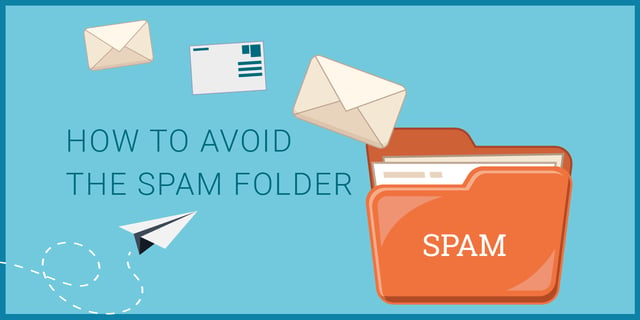Remember when you enjoyed receiving email? There was just one email inbox and it was actually exciting to hear “You’ve got mail.” Back then, there weren’t separate tabs for “Promotions” or “Social.” All of your email was under one roof. For digital marketers, those were simpler times. Fast forward to emails that just never seem to let up. Now we push emails to spam just to avoid the arduous process of unsubscribing.

Read my post about Inbox Zero if you’re ready to try to simplify your email inbox again.
Even with so many messages, email marketing is still one of the most effective marketing channels. In fact, according to Econsultancy, three-quarters of companies agree that email offers “excellent to good” ROI.
Follow these best practices to ensure that your hard work and clever messages don’t just end up your recipients' promotions tab or worse yet, become labeled as spam!
Write as if you’re writing to a friend
Start by shifting your perspective about email marketing. Instead of thinking like a marketer, think like a friend. What I mean by that is, look at your email with fresh eyes. Does it look like something you send out to a friend or a colleague or does it overly salesy and or promotion heavy? If you’re guilty of the latter, tone it back and write a message that you’d like to receive and read.
Make your subject lines clear and relevant
Write a clear, yet clever subject line that compels people to read your message. While you can still be creative with your subject lines, make sure that you aren’t deceptive. Pulling the old “bait and switch” on your readers will only make them mad and distrust your brand.
Pay attention to your “From”
If possible, use a real person. An email with a real person's name listed in the “from” address is more trustworthy than an obscure address. If it’s not possible to use a real person from your team, choose a popular “from” field such as “Support” or “Contact.”
List your contact information
Just as you would do on your website, list your contact information in your email. Not only does this boost your credibility and legitimacy as a real company, it gives your recipients an easy way for them to contact you, should they have any questions.
Limit your links and images
You wouldn’t send your friends an email with an obscene amount of links or images, so don’t do it to the folks you’re marketing to. A high number of links and images, can even look like spam to Gmail. A large number of links will also make the links that you want people to notice get lost in the noise.
Don’t use suspicious (and just plain ugly) formatting
Wonky formatting – like using too many fonts, colors or all CAPS – is a definite no-no. It will definitely not get you noticed and may even mark you as spam.
Avoid trigger keywords
Think about how you go through your own email inbox. There are probably certain words that immediately cause you to a delete an email even before reading it.
Always give your recipients a way to unsubscribe
Your email marketing should always be a choice. Be sure to clearly give unsubscribe links and honor unsubscribe requests in a timely fashion.
Need more help with your email marketing?